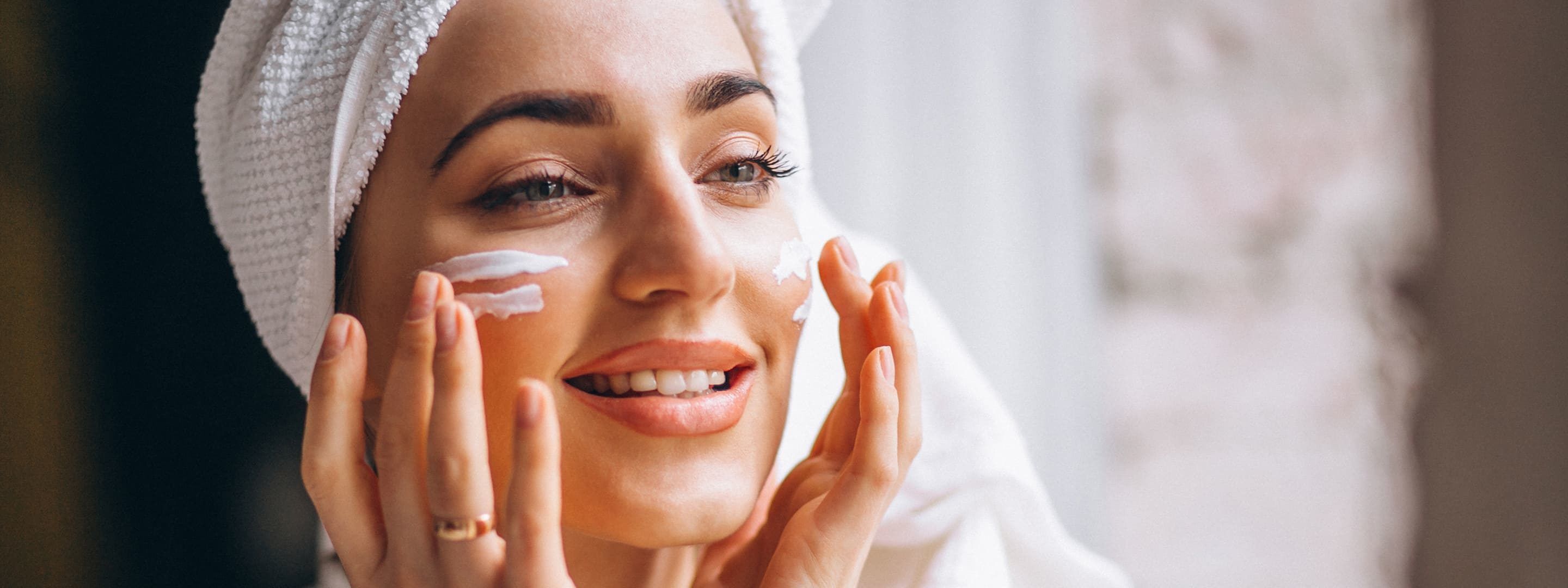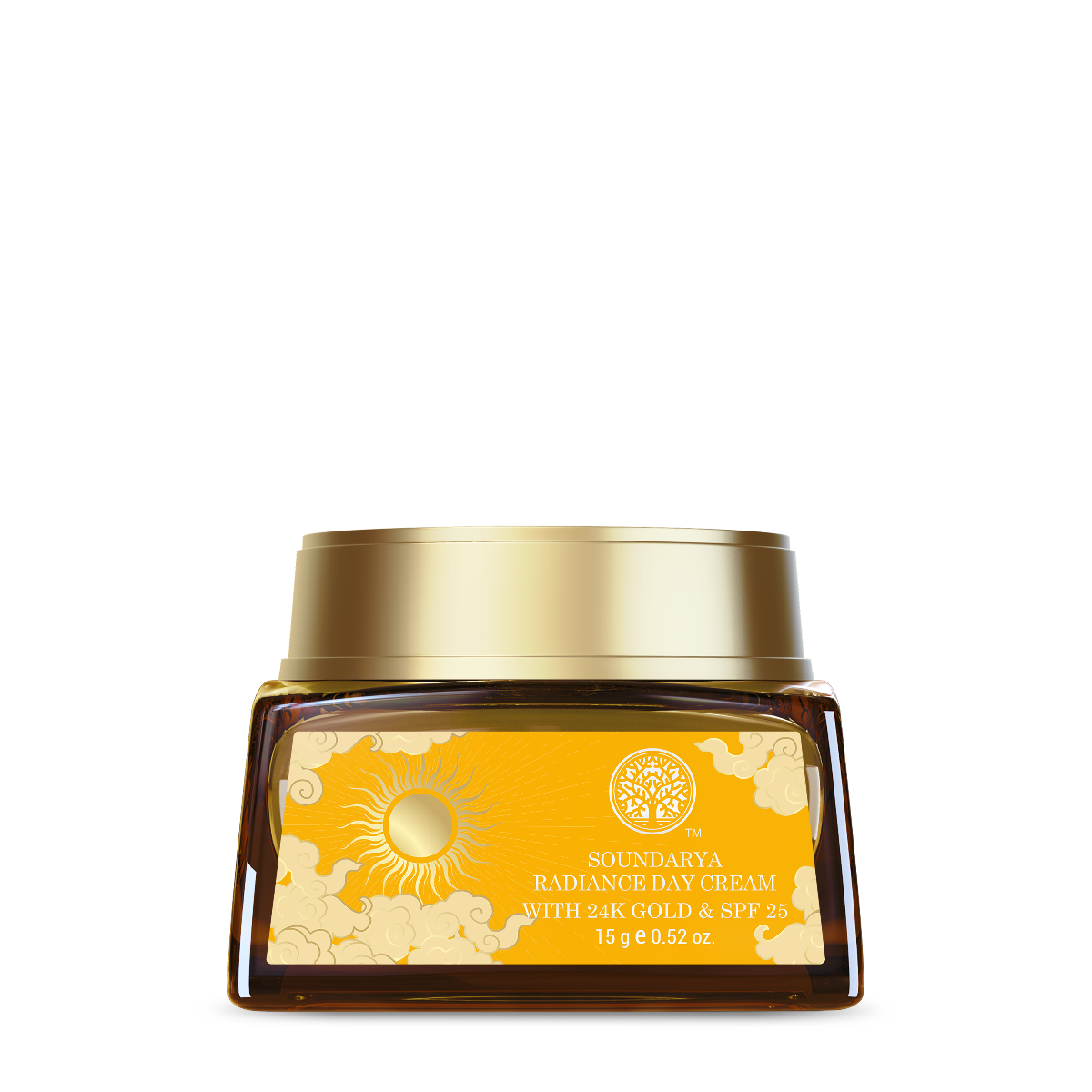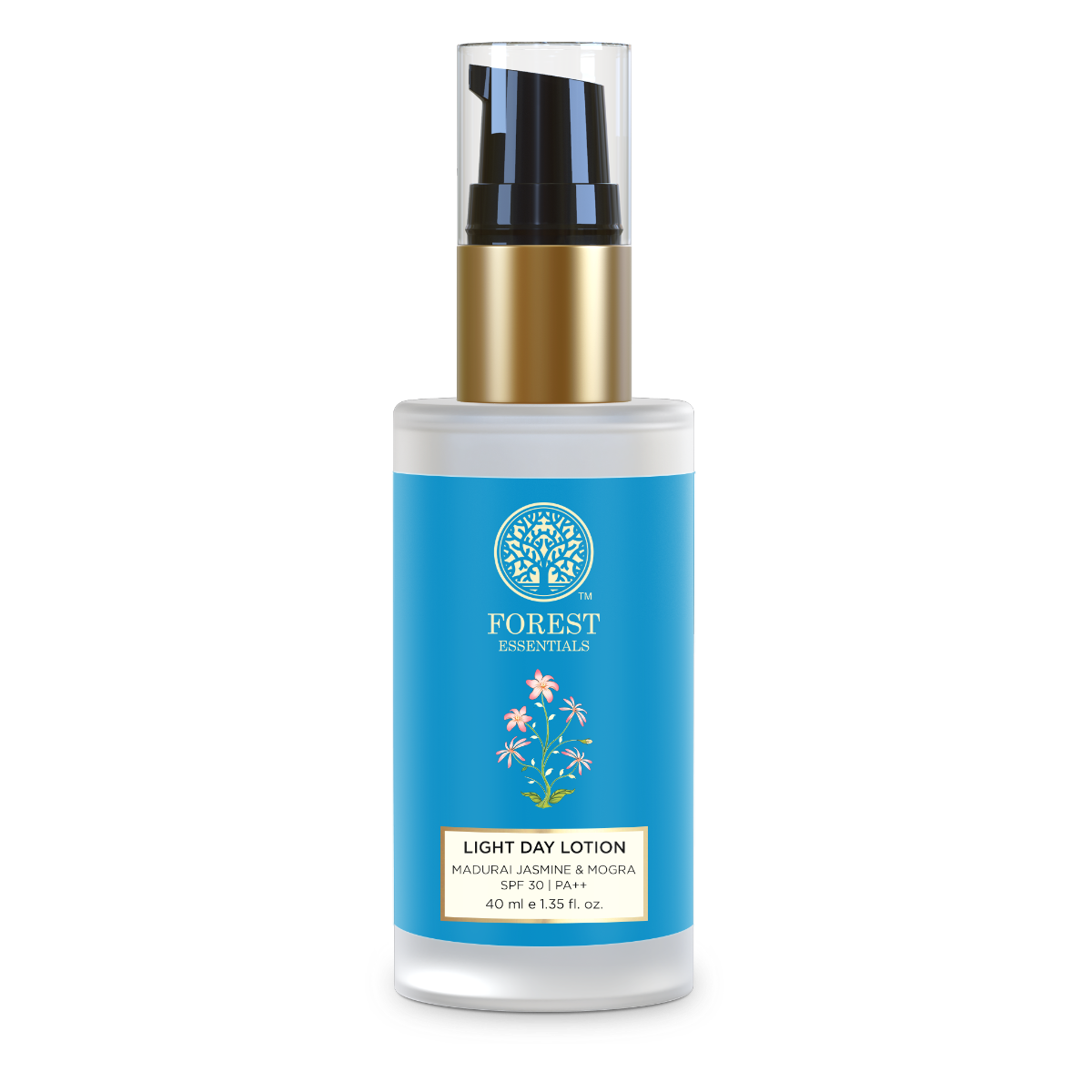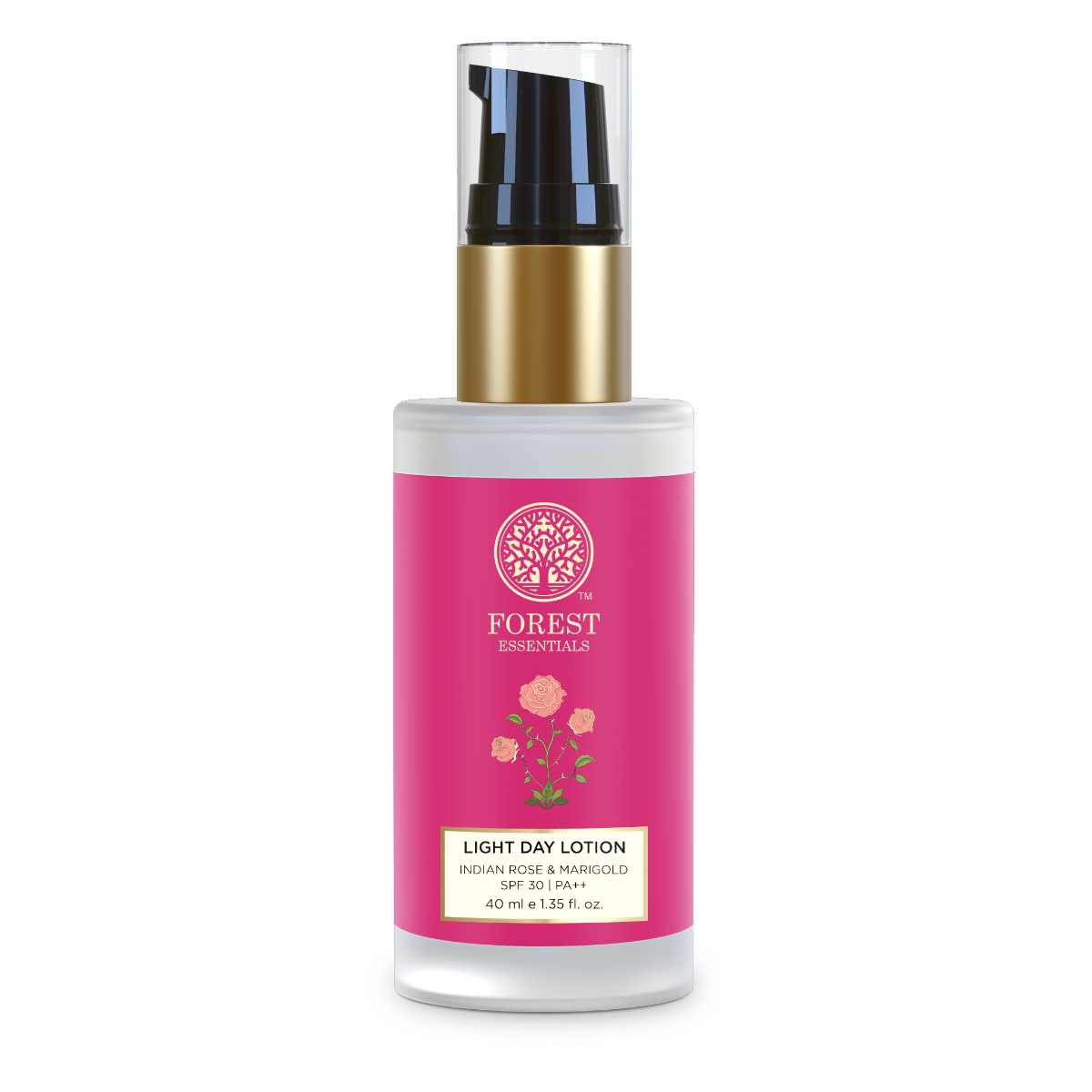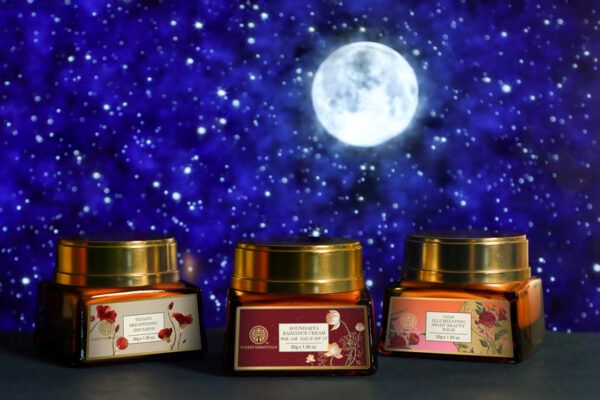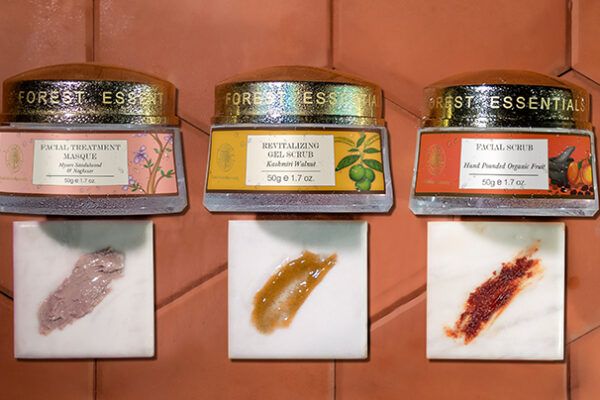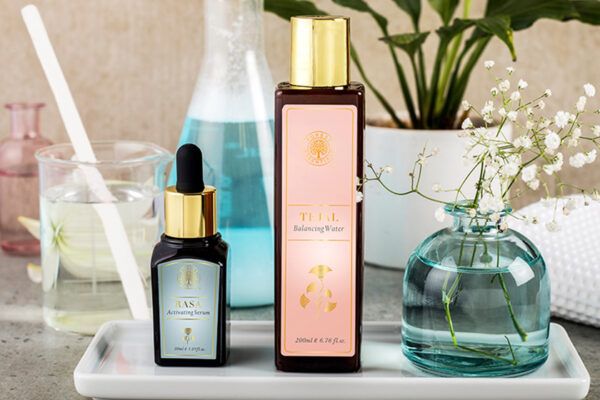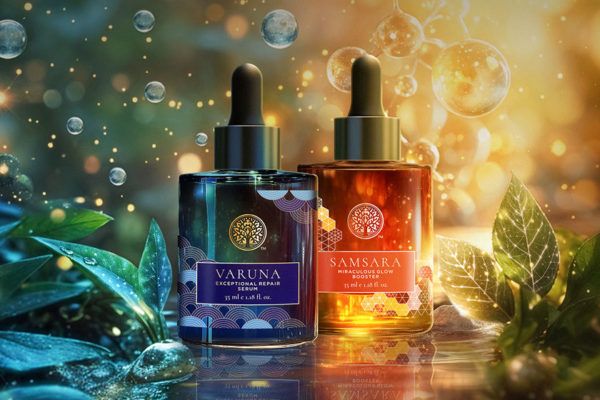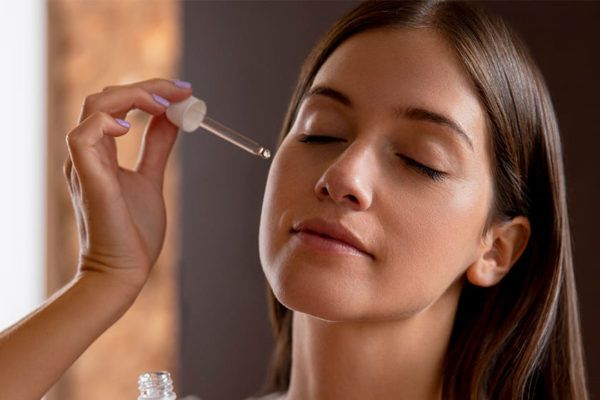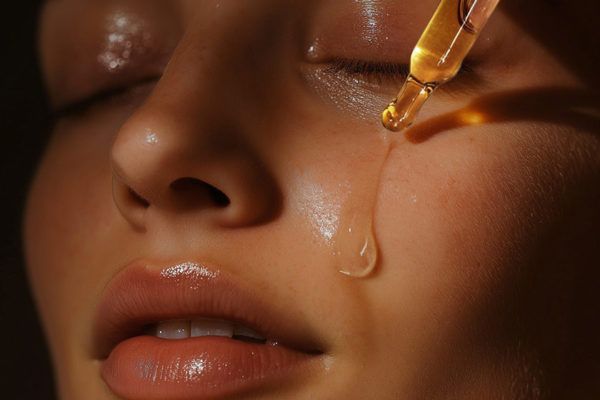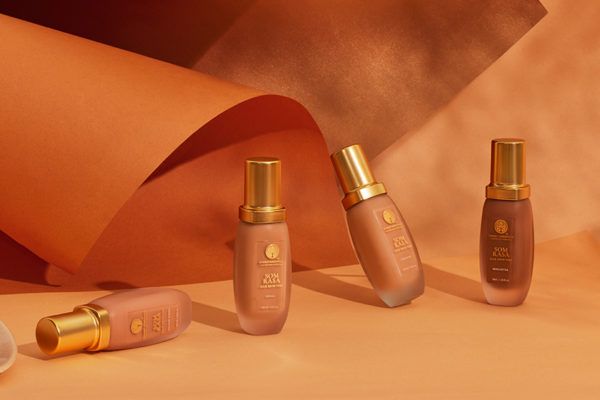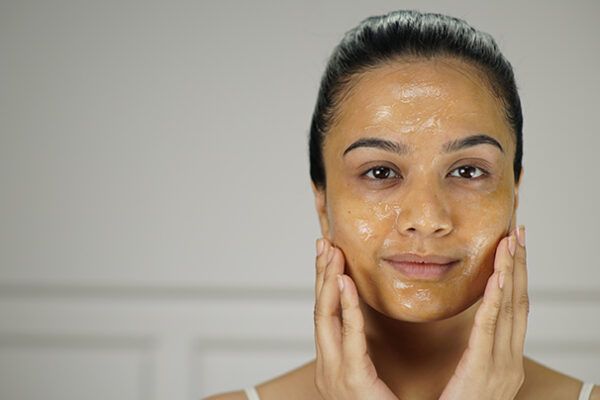Life is a journey filled with countless choices, both mundane and monumental. And as we go about our everyday lives, we are often confronted with some really tough ones. Like, do we succumb to the irresistible allure of binge-watching our favourite show for the umpteenth time or do we put on our adult caps and tackle that growing list of responsibilities head-on? These choices, big or small, often shape our days, our lives, and our identities.
And while decisions like choosing between a classic cheeseburger or a virtuous salad can leave us in a state of indecision, choosing the right sunscreen needn’t be so tedious. Read on as we help you better understand the differences between SPF 30 and SPF 50, and eventually help you make the right choice for you.
What is SPF?
SPF, short for Sun Protection Factor, is your skin’s ultimate defence against the sun’s harmful rays. It’s a numerical value that indicates the level of protection a sunscreen provides against UVB rays. SPF acts as a shield, prolonging the time it takes for your skin to redden or burn compared to if you were not wearing any sunscreen at all.
SPF 30 vs SPF 50
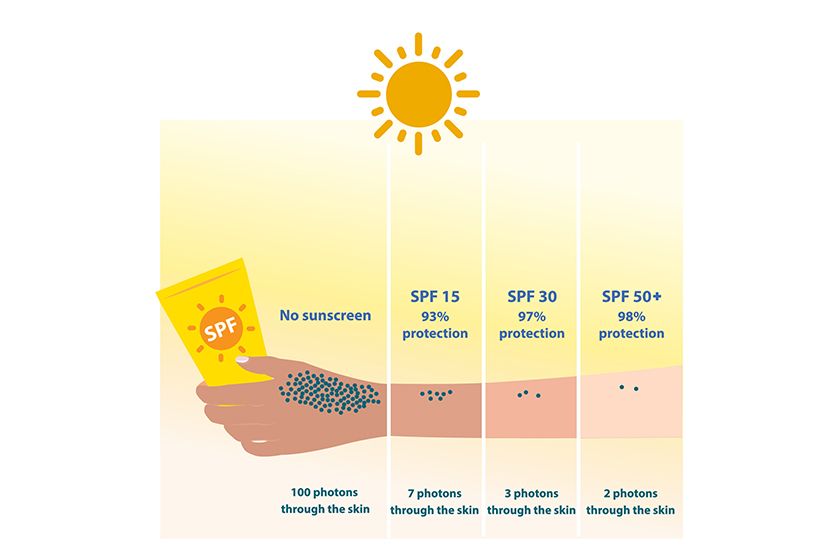
SPF 30 is a commonly used sunscreen option that offers considerable protection against the sun’s harmful UVB rays. It is designed to filter out approximately 97% of these rays, meaning it allows only 1/30th (which is approximately 3%) of the UVB radiation to reach your skin compared to if you weren’t wearing any sunscreen.
On the other hand, SPF 50 takes sun protection to the next level by offering a higher level of defence against UVB rays. It blocks around 98% of these rays, allowing only 1/50th (which is approximately 2%) of the UVB radiation to reach your skin. This provides an additional layer of protection compared to SPF 30, offering a slightly greater shield against sunburn and potential skin damage.
Here’s how SPF 30 and SPF 50 work practically: If your skin typically starts to redden or burn after 10 minutes of sun exposure without sunscreen, applying an SPF 30 sunscreen theoretically extends that time by 30 times and SPF 50 extends it by 50, providing protection for around 300 and 500 minutes respectively. Of course, this is just an estimation, as various factors like your skin type, sun intensity, and how much sunscreen you apply can influence the actual protection duration.
Choosing between SPF 30 and SPF 50
When it comes to choosing between SPF 30 and SPF 50, it’s essential to consider your individual needs and circumstances. Factors such as your skin type, the intensity of the sun in your environment, and the duration of your sun exposure should all be taken into account.
SPF 30 is generally recommended for daily use and is suitable for most individuals in typical sun exposure scenarios. It offers a good balance between protection and ease of use, making it a popular choice for everyday activities such as running errands, commuting, or spending limited time outdoors. However, keep in mind that its effectiveness diminishes over time, so reapplication is crucial, especially after sweating or swimming.
SPF 50 is particularly recommended for individuals with fair or sensitive skin that tends to burn easily. It is also suitable for those planning to spend extended periods in direct sunlight or engaging in activities that involve intense sun exposure, such as outdoor sports or beach vacations. Additionally, SPF 50 may be preferred by individuals who want an extra level of protection or who are more cautious about their sun exposure.
Is SPF the only factor to consider?

When it comes to choosing the right sunscreen, SPF (Sun Protection Factor) is undoubtedly an important factor to consider. However, it’s crucial to remember that SPF is not the sole criterion you should look for in a sunscreen. Another key aspect to consider is the broad-spectrum protection that the sunscreen offers.
While SPF indicates the level of protection against UVB rays, it doesn’t provide information about UVA protection. UVA rays, with their longer wavelengths, can penetrate deep into the skin, leading to premature ageing, wrinkles, and an increased risk of skin cancer. By using a broad-spectrum sunscreen, you can effectively shield yourself from the damaging effects of both types of rays.
The label “broad-spectrum” or “PA++” on a sunscreen indicates that it has undergone testing and meets specific standards for UVA protection. This ensures that you’re not only preventing sunburn but also safeguarding your skin against long-term damage, such as photo ageing and the risk of skin cancer.
And if you, like us, want it all – maximum sun protection without the heavy, gloopy formulas or dreaded white residue – we have the perfect solution for you! Our Sun Fluid SPF 50 PA++ with its high SPF 50, offers superior UVB protection, while its PA++ rating defends against UVA damage. And the best part? Its lightweight texture ensures a summer-friendly experience without any white cast.
So, as you go through life’s choices, we hope this read has made at least one choice a sunnier affair for you. Here’s to making better choices and enjoying more sun-soaked adventures!
FAQs
Which sunscreen is better SPF 30 or SPF 50?
Both SPF 30 and SPF 50 sunscreens provide effective protection against the sun’s harmful ultraviolet radiation. However, the difference lies in the level of protection they offer. Based on the numbers, SPF 50 offers slightly higher UVB protection compared to SPF 30. However, it is important to note that the difference in actual protection between SPF 30 and SPF 50 is really small.
It is also important to remember that SPF only measures protection against UVB rays, not UVA rays. UVA rays also cause skin damage, premature ageing and contribute to skin cancer. When selecting a sunscreen, it’s advisable to look for a broad-spectrum sunscreen that protects against both UVA and UVB rays. Such sunscreens are labelled as “broad spectrum” or have the UVA symbol on their packaging.
What does the SPF rating really mean?
The SPF rating of a sunscreen stands for sun protection factor. It is a measure of a sunscreen’s ability to protect the skin from the sun’s harmful UV radiation. It indicates how long it will take for the skin to burn compared to not wearing sunscreen.
Here’s how SPF works:
SPF 30: It blocks approximately 97% of the sun’s UVB rays. It provides high protection and is commonly recommended by dermatologists for most people.
SPF 50: It blocks approximately 98% of the UVB rays. It provides very high protection and is often recommended for individuals with fair skin or those spending extended time in the sun.
It is important to note that no sunscreen can provide 100% protection and regardless of the SPF rating, it is advisable to seek shade, wear protective clothing, and use other sun protection measures alongside sunscreen for comprehensive sun protection.
Should I always choose a higher SPF sunscreen for better protection?
While higher SPF sunscreens do offer slightly greater UVB protection compared to lower SPF options. However, it does not mean that you should always choose the highest SPF available for better protection.
The best sunscreen is one that can be consistently used and applied correctly. Choosing a sunscreen with an SPF of at least 30, labelled as broad spectrum, and suited according to your skin type is generally recommended. However, it is important to note that no sunscreen provides 100% protection against the sun. And it is always wise to combine sunscreen use with other protection practices.
Can I use SPF 30 and SPF 50 interchangeably?
Yes, you can use SPF 30 and SPF 50 sunscreen interchangeably. Both offer effective protection against harmful UV radiation, and you can choose the one according to your skin’s needs and preferences. However, it is important to keep in mind the following:
- Sunscreen application: Regardless of the SPF level, it’s crucial to apply sunscreen generously and evenly to all exposed areas of the skin. Ensure that you cover the areas thoroughly and don’t forget commonly missed areas like the ears, back of the neck and back of the hands.
- Reapplication: Both SPF 30 and SPF 50 sunscreens require regular application for continued protection. Re-apply sunscreen every 3 hours, or more frequently if you are sweating or swimming, regardless of the SPF level.
- Personal preference and skin sensitivity: Some individuals with fair or sensitive skin may prefer using SPF 50 for the added margin of protection it offers. However, SPF 30 is also considered effective for daily use and offers a high level of protection for most people.
Also, look for the sunscreen labelled as ‘broad spectrum’ or those that carry the UVA symbol on their packaging for protection against both UVA and UVB rays.
How often should I reapply sunscreen?
To maintain effective sun protection, it is generally recommended to reapply sunscreen every 2-3 hours. This is because sunscreen gradually wears off or is removed from the skin by sweating or touching your face.
Here are some guidelines for sunscreen reapplication:
- Every two hours: Reapply sunscreen every two hours if you are staying outdoors or exposed to the sun for an extended period.
- Heavy perspiration: If you are engaged in activities that cause heavy sweating, such as playing sports or exercising, consider reapplying sunscreen more frequently to ensure continuous protection.
- Proper application: Apply sunscreen generously to all exposed skin. Making sure to cover areas often neglected. Don’t forget to protect your lips with lip balm containing SPF as well.
In addition to regular sunscreen reapplication, it is recommended to wear protective clothing including hats and sunglasses, and limit sun exposure during peak hours typically from 10 AM to 4 PM for comprehensive sun protection.
How do I know which SPF level is best for my skin type and needs?
To determine the best SPF level for your skin type and needs, consider the following:
- Skin Type: Fair or easily sunburned skin may benefit from a higher SPF like 50, while darker skin tones may find SPF 30 sufficient.
- Sun Exposure: Longer or more intense sun exposure calls for higher SPF protection, while shorter or limited exposure may be covered by SPF 30.
- Climate: Strong sun or high-altitude areas may require higher SPF, while milder or cloudy climates may be suitable for SPF 30.
However, regardless of which SPF level you choose, remember to apply it generously and reapply regularly for optimal sun protection.
References
https://www.vogue.in/beauty/content/heres-how-to-find-the-ultimate-sun-protection-for-your-skin-and-hair-this-summer
https://www.vogue.in/beauty/content/sunscreen-label-terms-everything-you-need-to-know-about-sun-protection
https://www.skincancer.org/blog/ask-the-expert-does-a-high-spf-protect-my-skin-better/
https://www.healthline.com/health/what-spf-should-i-use


